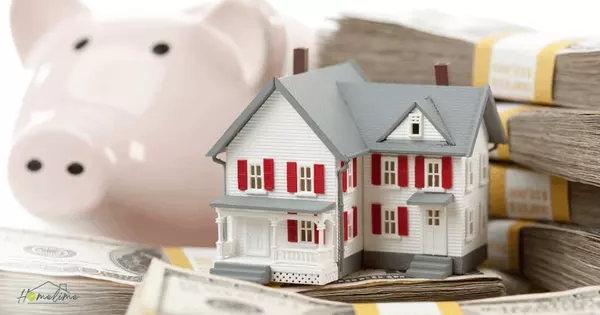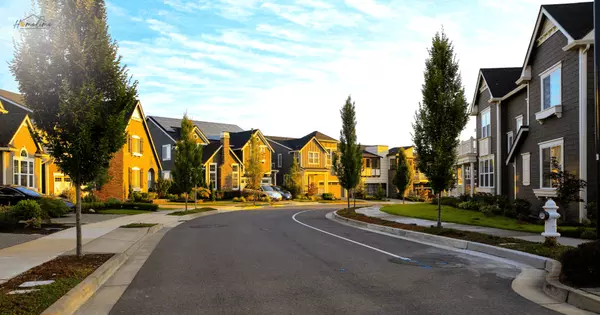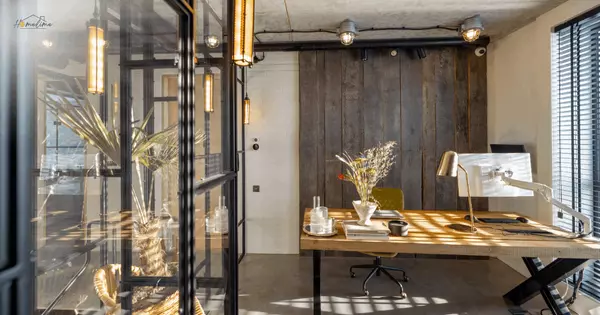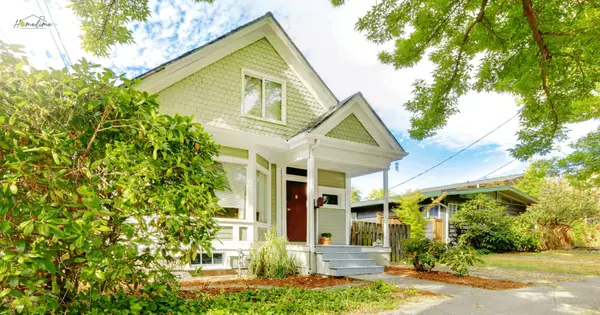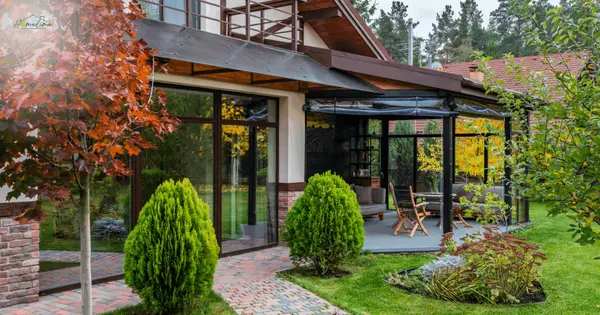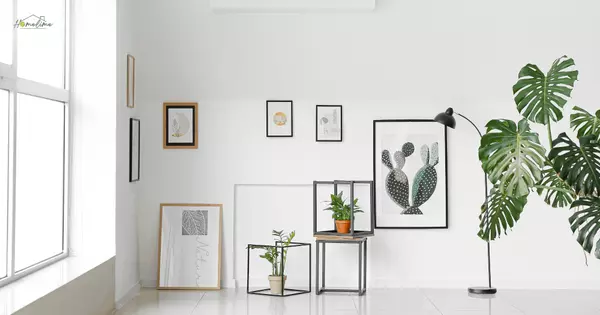How to Create a Sustainable Home
Creating a sustainable home involves reducing environmental impact while improving energy efficiency and comfort. Start by evaluating your energy consumption. Installing energy-efficient appliances such as refrigerators, washers, and dryers can significantly lower electricity usage. Upgrading to LED light bulbs is another cost-effective way to reduce energy waste. For heating and cooling, consider investing in a programmable thermostat, which allows you to set temperatures based on your daily routine. Small changes in energy habits, like unplugging devices when not in use, can also add up over time.
Water conservation is another critical aspect of a sustainable home. Installing low-flow faucets, showerheads, and toilets helps reduce water usage without sacrificing performance. For outdoor spaces, consider xeriscaping or planting native vegetation that requires minimal watering. Rain barrels are a practical way to collect water for irrigation purposes, further conserving resources. Efficient water use not only benefits the environment but also reduces utility bills, making your home more cost-effective to maintain.
Waste management is equally important in sustainability efforts. Set up a comprehensive recycling system that is easy for your household to follow. Composting organic waste can reduce the amount sent to landfills while creating nutrient-rich soil for your garden. When making home improvements, choose sustainable materials such as bamboo flooring or reclaimed wood. These options minimize environmental impact and often last longer than conventional materials.
Finally, consider renewable energy sources for your home. Solar panels, for instance, can generate clean electricity and lower your dependence on fossil fuels. While the upfront cost may be significant, government incentives and long-term savings make it a worthwhile investment. Sustainable living is a commitment, but it starts with simple, incremental changes that collectively make a big difference.
Recent Posts
